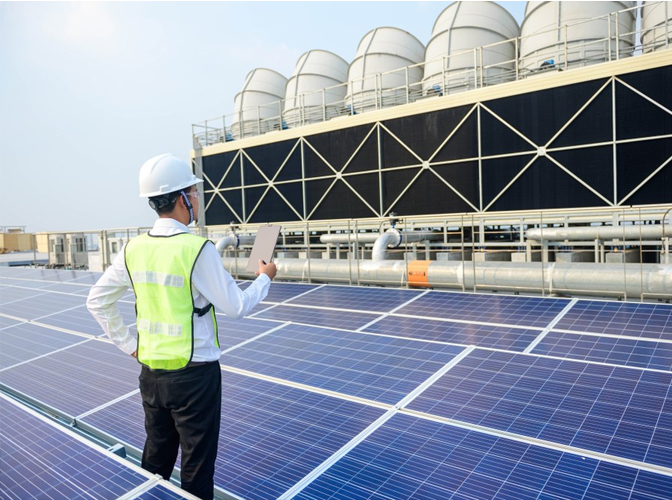Switching to solar energy isn’t just a smart move for reducing operating costs—thanks to government incentives and rebates, it’s more affordable than ever for Australian businesses in 2025. Whether you run a warehouse, farm, retail outlet, or factory, these programs can significantly reduce your upfront investment and fast-track your return on investment. purchase industrial solar panel system
Here are the Top 5 Government Incentives & Rebates for Commercial Solar in 2025:
1. Small-scale Technology Certificates (STCs)
The STC scheme is still going strong in 2025 and remains one of the biggest financial supports for businesses going solar.
How it works:
-
Businesses installing solar systems under 100 kW are eligible for STCs.
-
These certificates are issued based on system size and expected electricity generation until 2030.
-
STCs are usually applied upfront as a point-of-sale discount by your solar provider.
Savings:
Depending on your location and system size, STCs can reduce the cost of installation by $10,000 to $50,000+.
2. Large-scale Renewable Energy Target (LRET)
For systems over 100 kW, businesses can access the Large-scale Generation Certificates (LGCs) under the LRET scheme.
How it works:
-
LGCs are created for every megawatt-hour of electricity your system generates.
-
These are sold on the open market, providing ongoing revenue or credit for your business.
Savings:
LGCs can earn your business thousands annually, depending on system size and market prices.
3. Instant Asset Write-Off (Temporary Full Expensing)
As of 2025, many businesses can still take advantage of tax deductions through asset write-off schemes.
How it works:
-
Businesses may be eligible to immediately write off the full cost of solar system installations in the year of purchase.
-
Applies to eligible new or second-hand assets used for business purposes.
Savings:
Depending on your business structure and tax bracket, this can provide a 30–45% effective discount via tax savings.
4. State-Based Rebates & Grants
Each Australian state and territory offers additional support for commercial solar projects.
Examples:
-
Queensland: Business Energy Savings Transformation (BEST) Program – offering grants up to $25,000 for energy-efficiency upgrades.
-
Victoria: Business Solar Rebate – up to $3,500 for small businesses going solar.
-
NSW: Empowering Homes Program and Energy Efficiency Business Grants for regional businesses.
Savings:
Combined with federal incentives, these can stack to reduce system costs by up to 60% in some regions.
5. Feed-in Tariffs & Energy Buy-Backs
While less lucrative than in the past, feed-in tariffs still exist for businesses that export excess solar power back to the grid.
How it works:
-
Your retailer pays you a set rate (cents per kWh) for the power your system sends to the grid.
-
Rates vary by provider and state (typically 5–12 cents/kWh).
Benefit:
This can offset night-time usage costs or even turn your system into a small revenue stream.
Final Thoughts
With energy prices remaining high in 2025, now is a golden time for businesses to invest in solar. Whether you’re installing a 30 kW system for your workshop or a 500 kW array for a manufacturing plant, these incentives can drastically reduce costs and supercharge your ROI.
